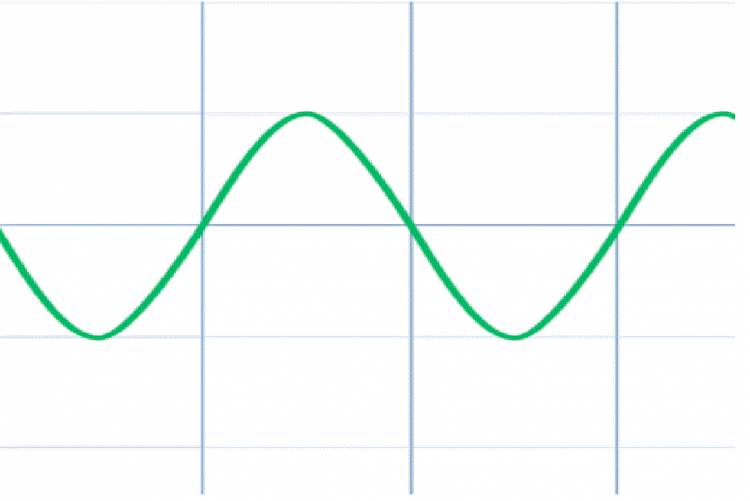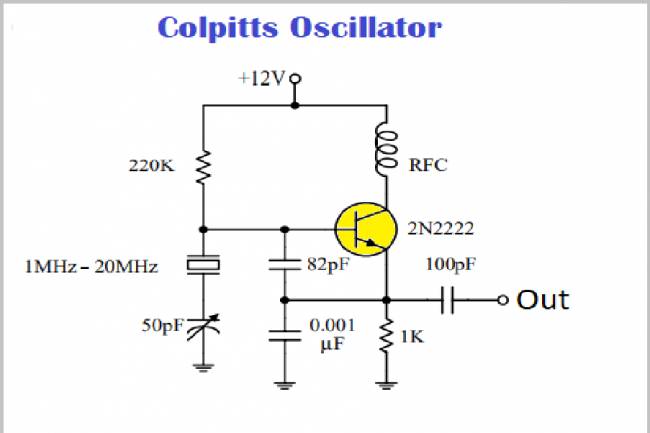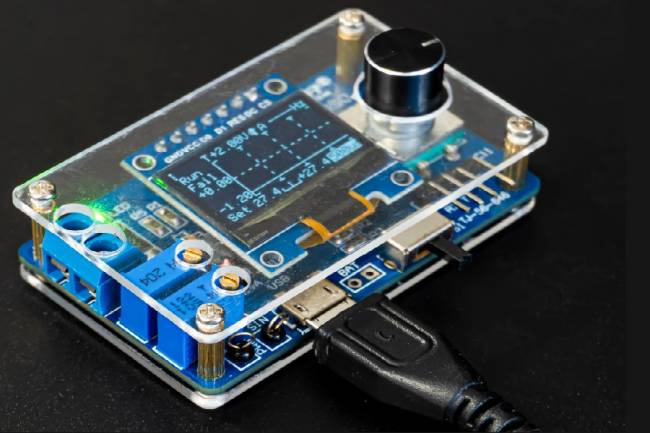
What are the Modulation Types?
Amplitude Modulation (AM): Amplitude modulation is accomplished by varying the amplitude of a carrier signal by the amplitude of a modulation signal. This is used in radio broadcasts.
Frequency Modulation (FM): Frequency modulation is accomplished by changing the frequency of a carrier signal with frequency changes of a modulation signal. This is used in FM radio broadcasts.
Phase Modulation (PM): Phase modulation is accomplished by changing the phase of a carrier signal by phase changes of a modulation signal. This is used in telecommunications applications.
Amplitude-Part Modulation (APM): Amplitude-part modulation is accomplished by affecting a carrier signal by a particular part of a modulation signal. It is used in telecommunication applications and transmission of high definition signals such as video signals.
Phase-Shift Keyed Modulation (PSK): Phase-shift keyed modulation is accomplished by changing the phase of the carrier signal with different phase shifts that represent two states of a serial digital data. This is used in data communication.
Frequency-Shift Keyed Modulation (FSK): Frequency-shift keyed modulation is performed by varying the frequency of the carrier signal at different frequencies that represent two states of a series of digital data. This is used in data communication.





























